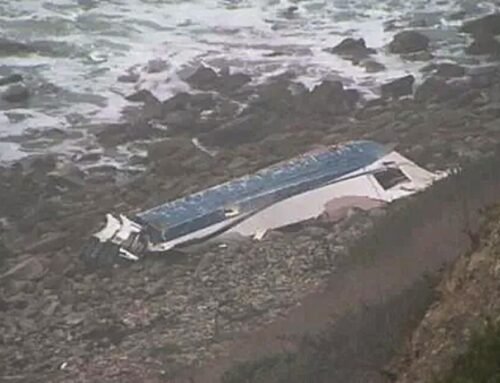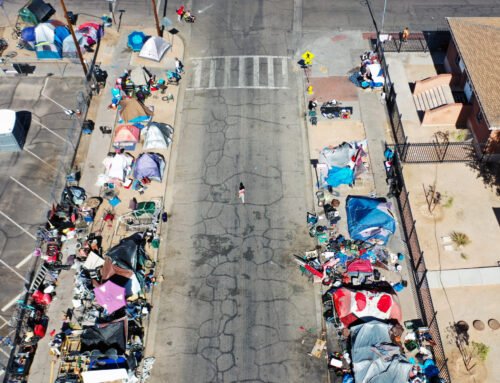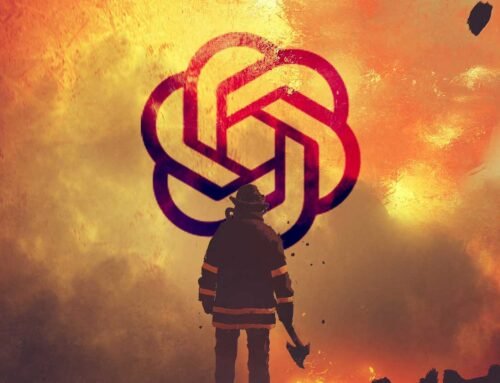Longmont fourth graders talked with International Space Station astronaut Nick Hague on Tuesday with the help of the University of Colorado Boulder’s Amateur Radio Club.
Students in the club set up the live, Earth-to-space HAM radio call by connecting to Florida, which then connected to Italy and finally to the International Space Station as it orbited over Africa and Europe. The connections were made through the Amateur Radio on the International Space Station (ARISS) program.

Cliff Grassmick/Staff Photographer
Northridge Elemnentary School fourth graders take photos in the lobby of the University of Colorado Aerospace Building Tusady in advance of HAM radio call with the International Space Station.
About 50 fourth graders from Northridge Elementary School attended the space call at CU Boulder’s new Aerospace Engineering Sciences Building.
“It’s a once-in-a-lifetime experience for the students,” said Kristen Brohm, St. Vrain Valley Innovation Center STEM program manager.
The 16 students chosen to ask questions during the session only had a small window, about 15 minutes, before the space station moved out of range and the connection was lost.
They asked about how astronauts eat, shower, go to the bathroom and walk in space, with Hague responding to the question about walking by saying he won’t be able to walk again until he gets back to Earth and its gravity.
“I haven’t walked for about 200 days now,” he said, adding he doesn’t get to shower, either, instead bathing with a soapy towel, since the water floats.
The students also wanted to know what it’s like to float, what astronauts do on the space station and how they get back to Earth.
Hague, who said the space station travels at about five miles a second to match the curve of the Earth and stay in orbit, described the sensation of floating in space as like that of floating in a pool.
“It is the most amazing feeling,” he said, adding he does somersaults and other acrobatic tricks on the space station.
Fourth grader Johan Briones Delgado wanted to know “how they sleep comfortably and what they sleep in so they don’t float,” adding he learned from the talk with Hague that “there’s a lot of stuff that floats in space.”
Hague said he sleeps in a sleeping bag tethered to the wall and described it as “the best sleep I’ve ever had.”
Fourth grader Britney Deluna said she was “thinking and thinking” to come up with her question of how long astronauts can stay in space.
Hague responded that researching how to increase the time people can stay in space is a central mission of the space station, adding his tour will last about seven months.
“I was really happy to get picked,” Britney said as she waited for her turn. “I’m excited and nervous at the same time.”
Madisen Purifoy-Frie, a CU Boulder junior in the aerospace program, led the space call. She and a past president of the Amateur Radio Club decided to apply to the ARISS program and then invited Northridge to participate.
“It’s to get kids interested in space so they can see how cool it is,” she said.
CU students, plus members of the Boulder Amateur Radio Club, worked with the Northridge students over the last four weeks, teaching them about amateur radio, Google Earth and astronauts in preparation.
“There’s been a lot leading up to this,” she said.
CU Amateur Radio Club President Paul Hansel, a senior majoring in physics, said he was happy with both the quality of the audio from the space station and that no technical issues scuttled the call.
“We’re really thrilled it worked out,” he said.






Leave A Comment